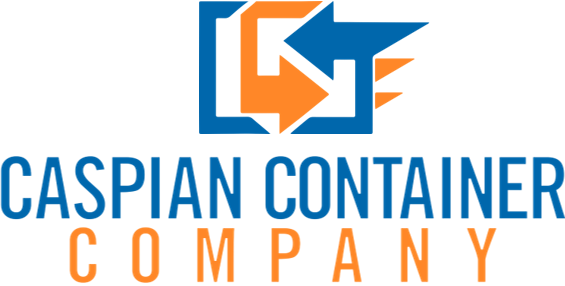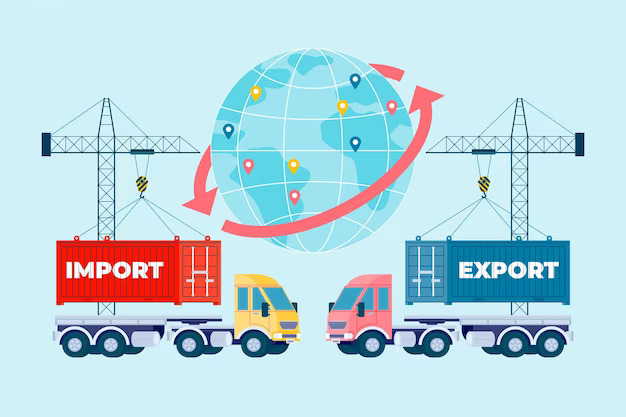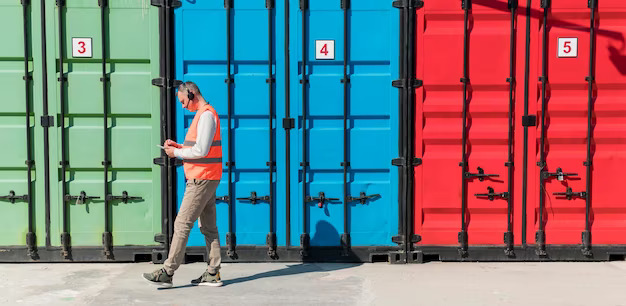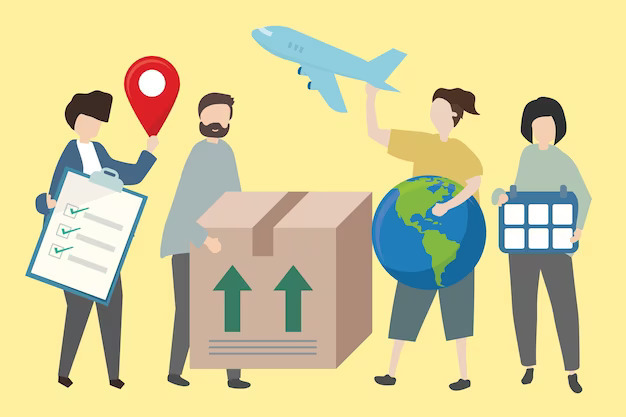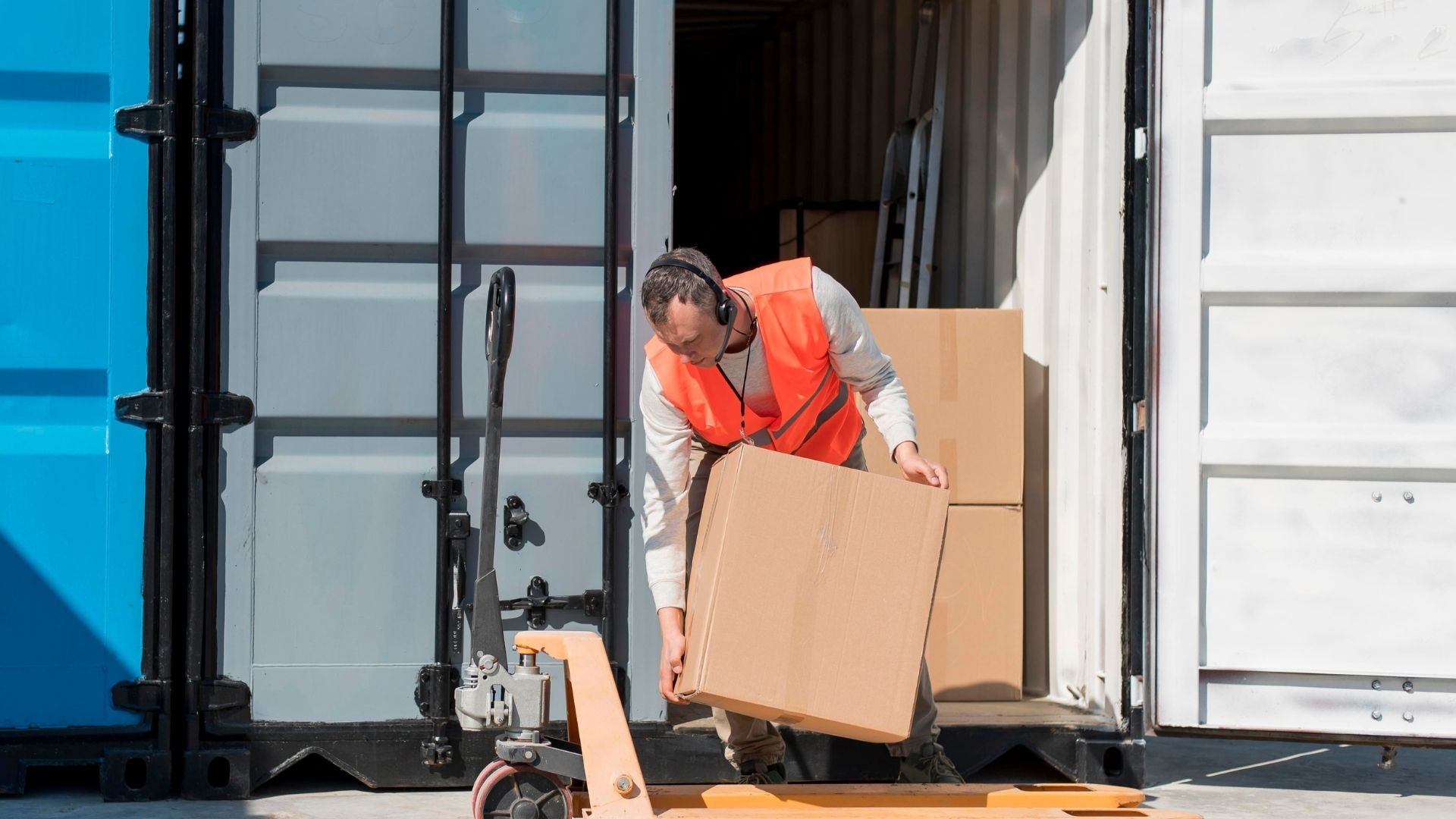It would be safe to say that the world has shrunk. We have more or less become global citizens who can explore every corner of the globe in the real world or through digital media. Everything is within a hand’s reach in the 21st century and most of it has become possible due to the wonders of advancements in transportation. Technology owes a whole lot of its evolution to transportation and vice versa. The inception of an efficient vessel optimization software and its role in freight forwarding is a testament to that. Wondering how? Read on to discover.
Supporting the Sustainable Development Goals of the UN
Starting from the basics, the United Nations has set up 17 Sustainable Development Goals or SDGs that aim to address economic, social, and environmental issues. Surprisingly, the transportation landscape directly influences eight of these goals and indirectly influences the remaining nine.
At Caspian Container Company, we have deployed the prowess of brand-new vessel optimization software that created a new-age optimization program (an innovative scientifc approach that enhances vessel scheduling with customization) for streamlining operations and contributing to the UN’s SDGs. The transportation industry is intricately woven into the fabric of the 17 sustainable development goals, and vessel optimization software can address the following eight of them:
-
No Poverty - With an optimized transportation and shipping roadmap, we can help to reduce costs that can strengthen the global economy and help to reduce poverty.
-
Zero Hunger - Logistics with vessel chain optimization streamlines the distribution of food aid, reducing transportation costs and minimizing food spoilage. This efficiency ensures more resources reach those in need, contributing to the UN's Zero Hunger Sustainable Development Goal by maximizing the impact of humanitarian efforts and helping to eliminate hunger globally
-
Gender Equality - In addition, a vessel optimization software can also create a safer, more inclusive work environment in the shipping and logistics sectors. It enables women's participation in these traditionally male-dominated fields, promoting diversity and empowerment, thus contributing to the UN's Gender Equality Sustainable Development Goal.
-
Decent Work and Economic Growth - A well-optimized transportation system fosters economic growth and job creation.
-
Industry, Innovation, and Infrastructure - Optimization methods drive innovation in transportation, improving infrastructure and efficiency.
-
Reduced Inequalities - A customized vessel scheduling software can bridge the can between siloed supply chains and create an equal platform for all logistics chain to function seamlessly.
-
Responsible Consumption and Production - Optimized logistics minimize waste and resource consumption.
-
Climate Action - Reduced fuel consumption and emissions contribute to mitigating climate change.
The transportation industry is the lifeblood of industrial revolution across the globe. It connects different industries and intertwines them to function as a whole with efficient transportation of goods, which is why it also impacts these nine SDGs indirectly in addition to affecting the eight SDGs directly.
The Challenge of Vessel Allocation
Vessel allocation was a global challenge for many companies in the logistics ecosystem. For instance, let’s consider the example of allocating 50 vessels to fulfill orders for transportation across the Caspian and Black Sea regions. Each vessel comes with a multitude of parameters, including capacity, cargo types it can carry, draft, and usage cost. On the other side, each port imposes its own set of costs for cargo handling, visit costs per vessel flag, port day costs, and draft limitations. When we add the diverse transportation orders with varying cargo types, volumes, and pickup and delivery deadlines to the mix, we get a logistical puzzle of staggering complexity.
In the past, this puzzle was solved manually, a process that consumed countless hours and often resulted in suboptimal outcomes. Missing a single parameter or facing unforeseen variables, such as new cargo types, vessel unavailability, or adverse weather conditions, required on-the-fly adjustments that inflated operational costs.
The Power of Vessel Optimization Software
To combat this issue, we curated a synergy between optimization theories and cutting-edge IT expertise. Working closely with scientists and IT experts, we developed a sophisticated calculation algorithm capable of considering more than 100 different parameters. This algorithm goes through millions of transportation scenarios to determine the most efficient plan.
Today, with the push of a button, we can generate an efficient shipping plan involving the routes, resources, and more within minutes. This optimization algorithm minimizes fuel usage, reduces environmental impact, and lowers operational costs within seconds. Even when situations change—whether due to unexpected variables or new data—it's quite straightforward to recalculate and find the most effective scenario.
The Tangible Benefits of Optimization
The impact of vessel optimization software is not just theoretical; it's a practical, cost-saving reality. Based on our current shipping volumes, we estimate annual savings of up to $10 million through optimized planning alone. These savings can be reinvested into business growth or directed toward sustainable initiatives, aligning with the SDGs. While our example comes from the transportation industry, the applications of optimization methods are far-reaching and they can be applied to various other sectors for tapping into newfound efficiencies and savings that were previously unimaginable.
A vessel optimization software has emerged as a game changer for businesses in the freight forwarding ecosystem. In a nutshell, it can help in:
-
Saving Money: By carefully analyzing multiple variables, such as cargo types, vessel capacity, routes, and fuel consumption, the advanced algorithm in vessel optimization software can help to identify the most cost-effective and efficient transportation blueprints. It can minimize fuel usage, optimize cargo loads, and reduce operational expenses, which can translate into millions of dollars annually.
-
Environmental Sustainability: In an era marked by growing environmental concerns and stringent regulations, vessel optimization software plays a crucial role in reducing the shipping industry's carbon footprint. An optimization software can significantly aid in lowering greenhouse gas emissions by minimizing fuel consumption which aligns shipping alternatives with global efforts to combat climate change and demonstrates a commitment to environmental responsibility.
-
Improving Operational Efficiency: Manual vessel planning can be a time-consuming and error-prone process, leading to delays and inefficiencies. Vessel optimization software automates and streamlines this complex task, generating optimized plans in minutes. It takes into account numerous parameters, including vessel characteristics, port costs, cargo requirements, and weather conditions.
-
Data-driven decision-making: Vessel optimization software relies on sophisticated algorithms and data analysis. This enables shipping companies to make informed decisions based on real-time data and historical performance metrics to refine their operations, respond to changing market dynamics, and proactively address emerging challenges.
Partnering for Success
Our journey into the world of optimization has led to strong partnerships with advanced scientists and computed technology experts. We've gained valuable knowledge, tools, and experience that we are eager to share. Your company can also benefit from optimization methods, enabling growth while reducing your environmental footprint. Need more information on how our vessel optimization software works or want to get an estimate for your next freight forwarding project with our state-of-the-art technology? Contact us today at Caspian Container Company!

